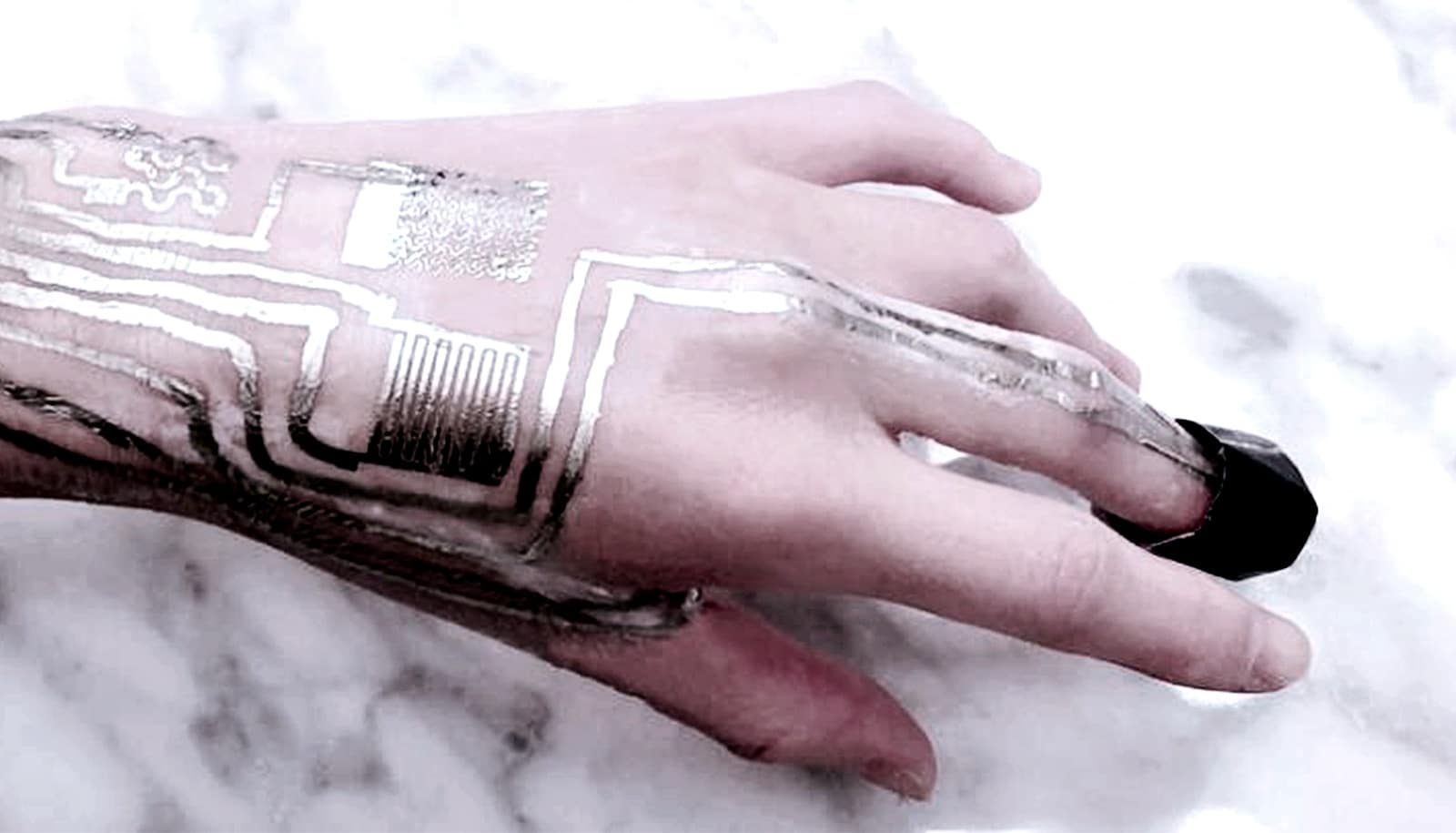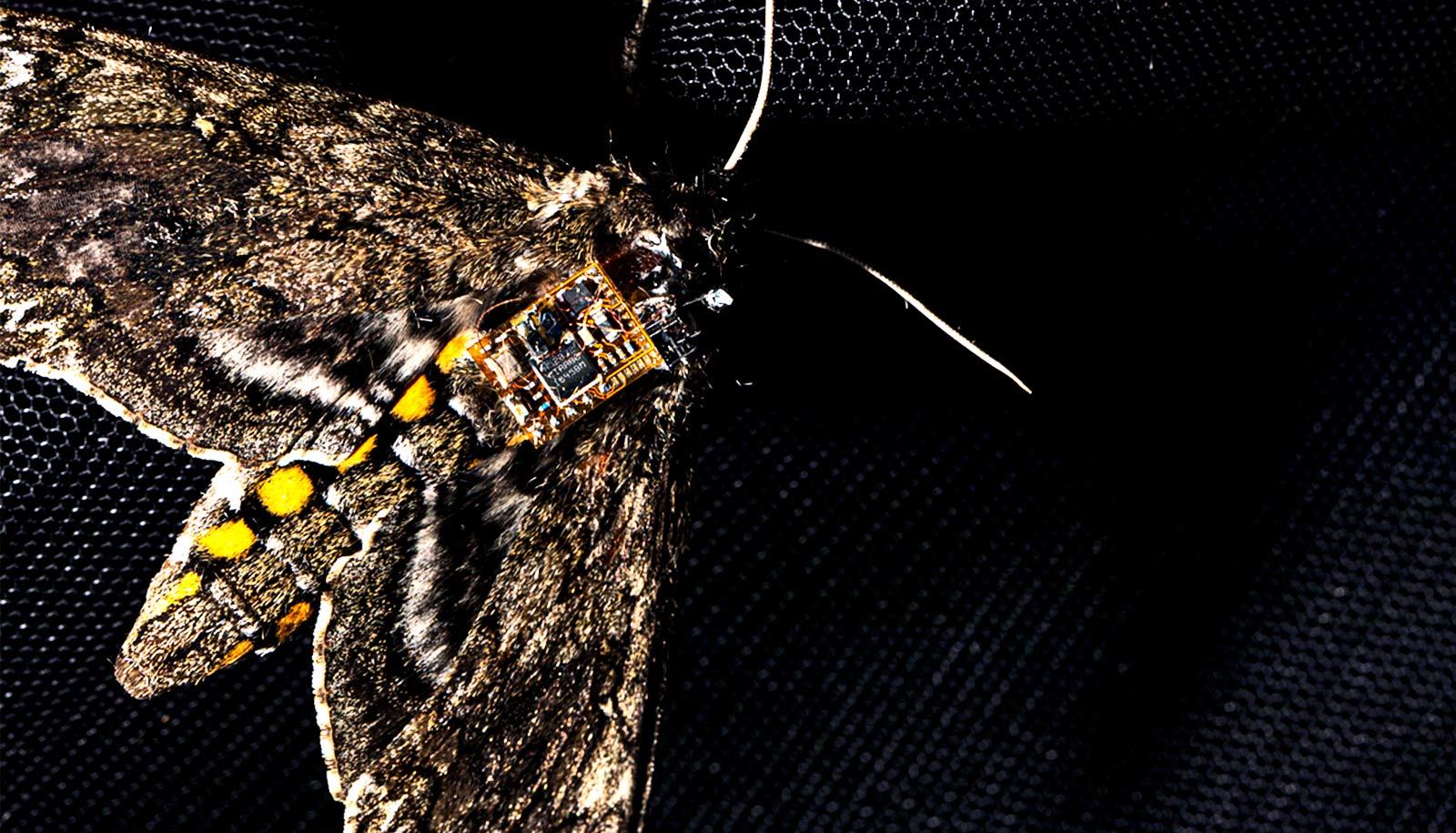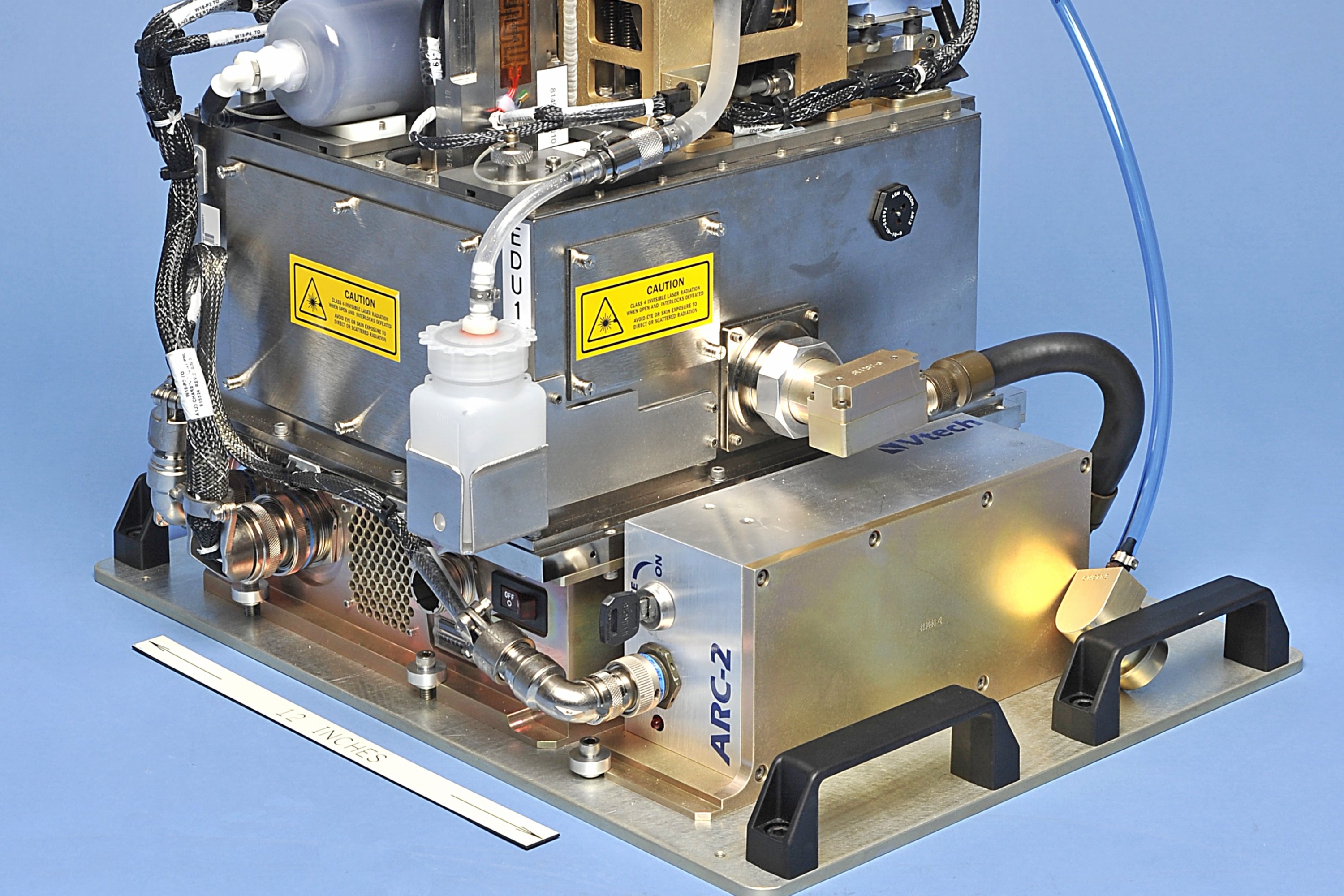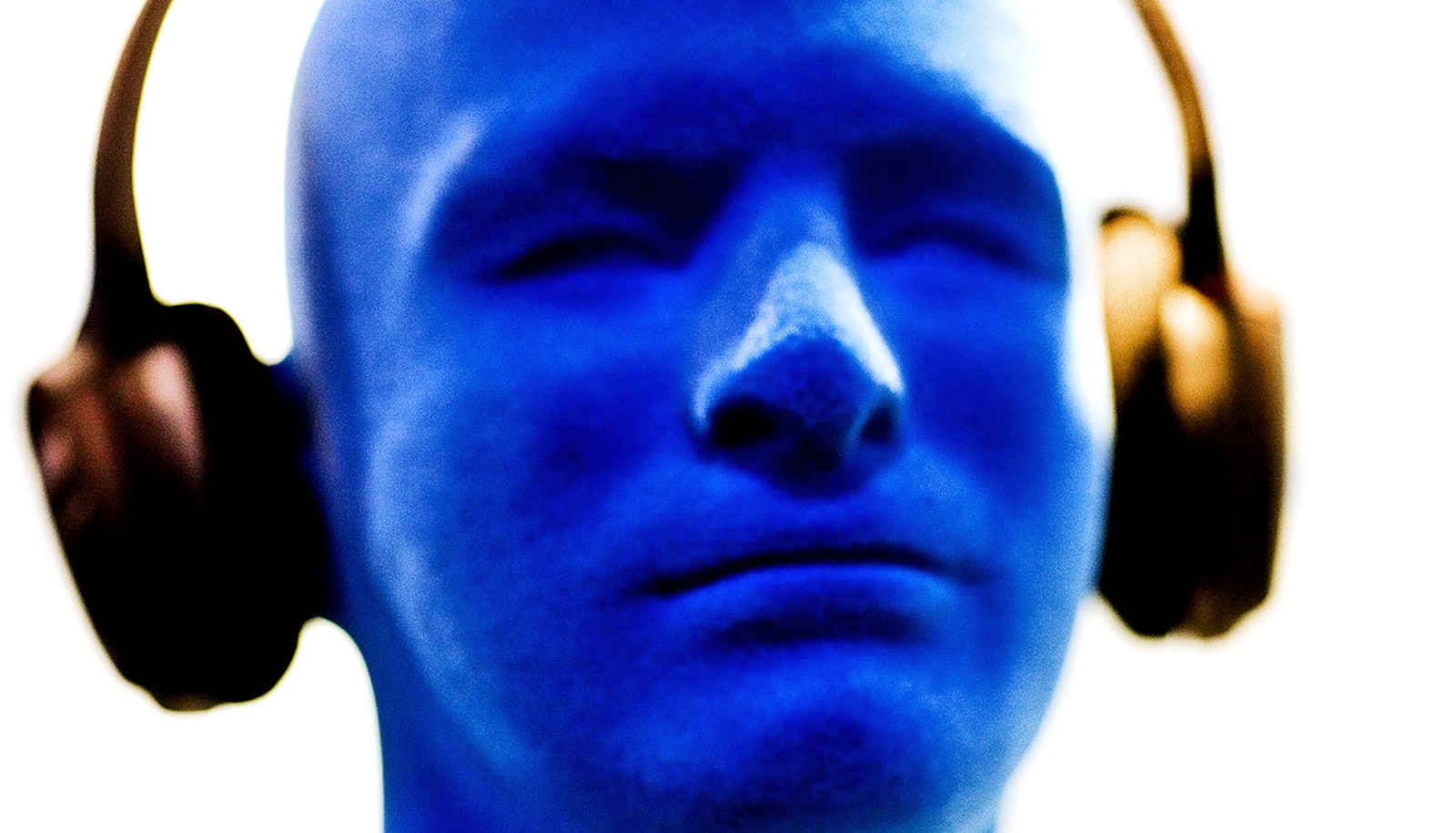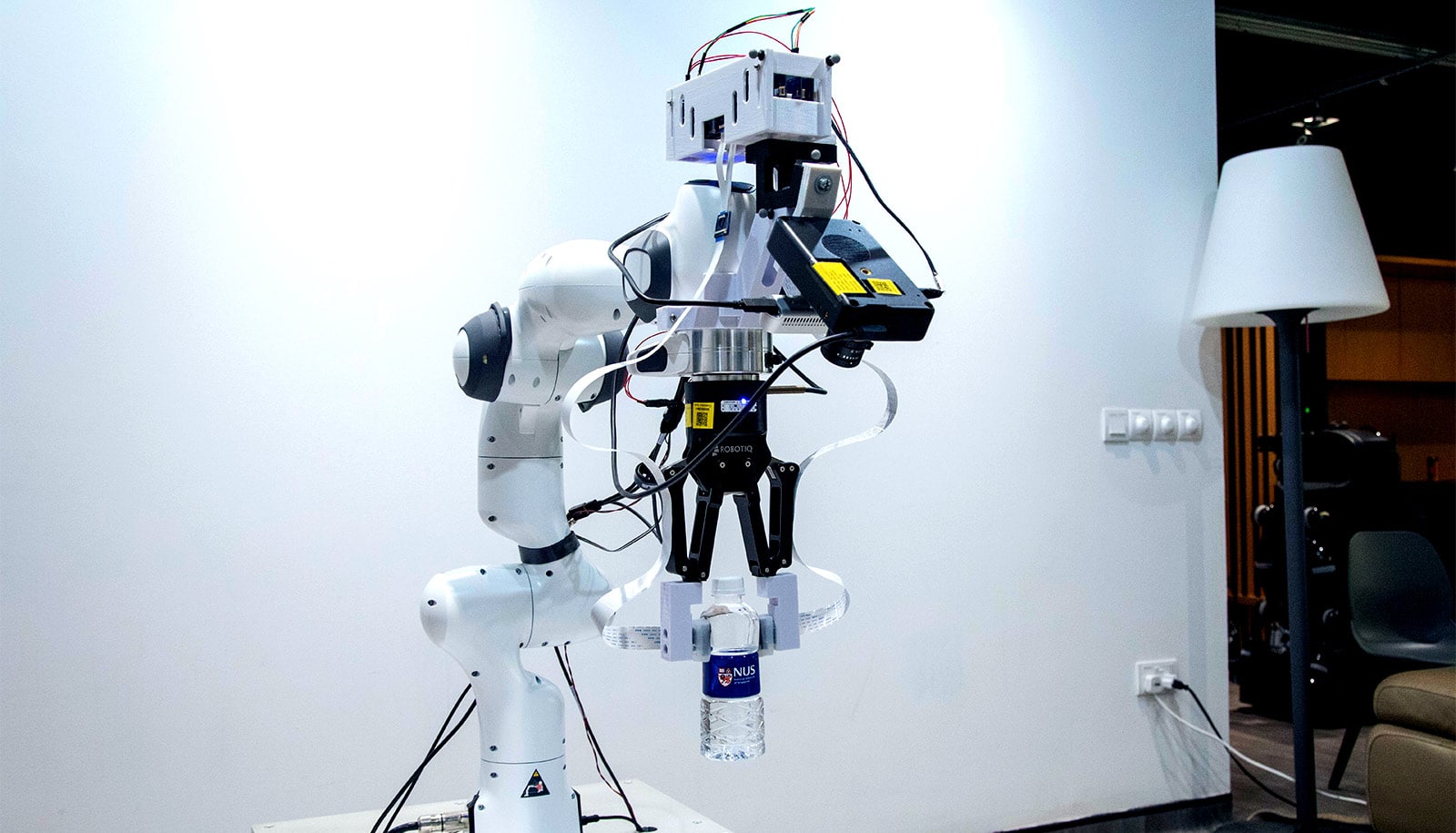Highly sensitive trigger enables rapid detection of biological agents
The Rapid Agent Aerosol Detector developed at Lincoln Laboratory has demonstrated excellent accuracy in identifying toxic biological particles suspended in the air.
Dorothy Ryan | MIT Lincoln Laboratory •
mit
Sept. 16, 2020 • ~7 min
Sept. 16, 2020 • ~7 min
AI-based ‘no-touch touchscreen’ could reduce risk of pathogen spread from surfaces
A ‘no-touch touchscreen’ developed for use in cars could also have widespread applications in a post-COVID-19 world, by reducing the risk of transmission of
Cambridge University News •
cambridge
July 23, 2020 • ~5 min
July 23, 2020 • ~5 min
/
38

